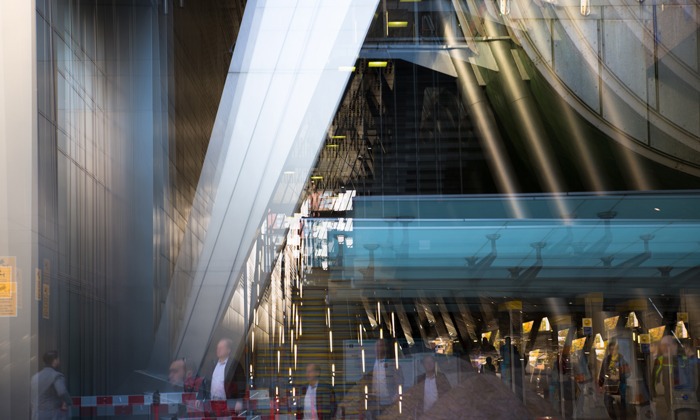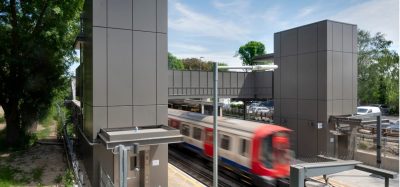New report states that the UK needs to learn from other countries when developing its railway stations
Posted: 18 October 2017 | Global Railway Review | No comments yet
A new report has revealed that the UK has a lot to learn from other counties when it comes to developing its railway stations.


The report, named ‘Development around stations: Exploring international experience and lessons for the UK’ and produced by think tank ‘Tracks’, examines the international experience of creating development hubs around railway stations and the benefits that can bring.
The report does highlight some good practice in the UK, but there are many lessons that national and local/devolved governments here can learn”
“This report brings together experience from lots of different countries and shows there is an international consensus that the future lies in creating attractive, multi-purpose and largely car-free spaces around stations which can provide economic and social benefits to the local area,” said Stephen Joseph, Chief Executive of Campaign for Better Transport, which established the Tracks programme. “The report does highlight some good practice in the UK, but there are many lessons that national and local/devolved governments here can learn from the examples explored in this report.”
The report gives examples of a number of cases which show the potential for development around railway stations including:
- Dundee Waterfront’s new station which incorporates a 120 room hotel and a new public realm with offices, retail units, café and bike hire facilities
- The Cornavin-Eaux-Vives-Annemasse (CEVA) rail link in Geneva, which is creating five new railway stations each surrounded by development hubs consisting of new housing, office space and retail and leisure facilities
- Almere, the seventh largest city in the Netherlands, which is expected to see a 75 per cent growth in population by 2030 thanks to the creation of employment and housing opportunities around its six railway stations.
To find out more and to read the report in full, click here.








